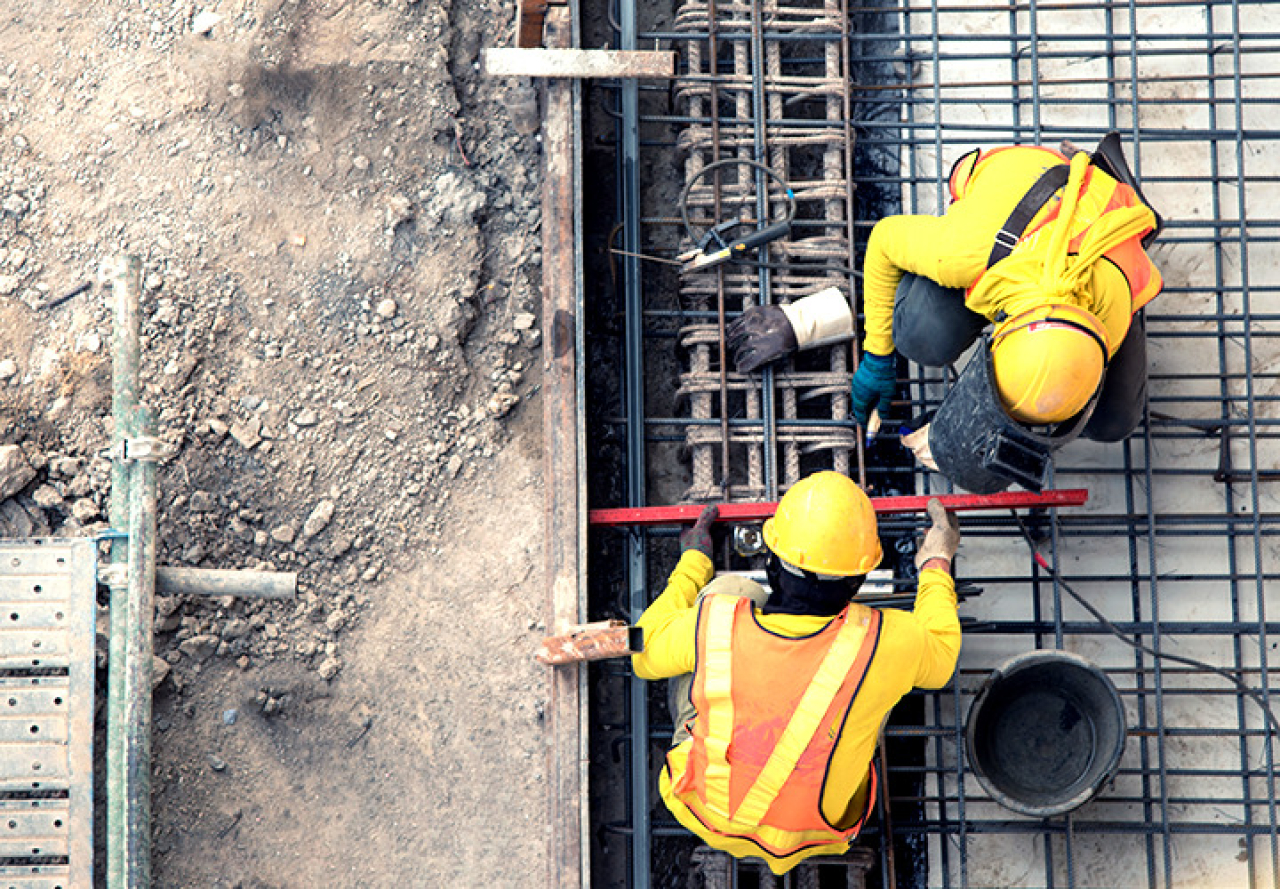Professional competence of a Restorer of decorative plasters and molding: Analysis of the execution project and the individual workload
The restoration of decorative plasters and mouldings involves a range of technical and analytical skills to ensure that each project is carried out with precision and respect for the architectural heritage. Here is how a restorer approaches the analysis of the execution project and the individual workload:
Examination of the technology documents and the explanatory memorandum of the implementation project
The first step in the restoration process is the detailed examination of the technology documents and the explanatory memorandum. These documents provide a clear picture of the work required and the technologies to be used. The restorer must understand each technical aspect and identify the specific requirements of the project to ensure a correct execution and in accordance with restoration standards.
Examining the specifics of the workload
Each restoration project comes with its own challenges and peculiarities. The restorer must examine the specifics of the task, identifying the unique elements of the project, such as special architectural details, the current condition of the plasters and moldings and any difficulties that may arise in the restoration process. This analysis allows for proper planning and allocation of the necessary resources.
Familiarization with the type of plaster and/or mortar and the specifics of restoration interventions
A restorer must be well informed about the type of plaster and/or mortar used in the original construction and the materials needed for the restoration. Familiarization with these aspects is crucial to select the appropriate methods and materials, thus ensuring the compatibility and durability of restoration interventions. The restorer must understand the behavior of the materials over time and adapt the restoration techniques according to this behavior.
Comparative analysis of the workplace with the technology map and the individual task to be carried out
Before starting the actual work, the restorer carries out a comparative analysis of the workplace with the technological map and the individual task to be performed. This involves checking the correlation between the technological plan and the actual conditions on the ground. Any discrepancies identified must be addressed in order to adjust the implementation plan accordingly. This stage is essential to prevent errors and ensure that the work complies with the project's specifications.
Conclusion
The professional skills of a decorative plaster and modernature restorer are essential for the success of restoration projects. Through a rigorous analysis of the execution project and the individual workload, the restorer ensures that each intervention is well planned and executed with precision. These skills not only contribute to the preservation and protection of cultural heritage, but also to the realization of high-quality, durable works that comply with restoration standards.




